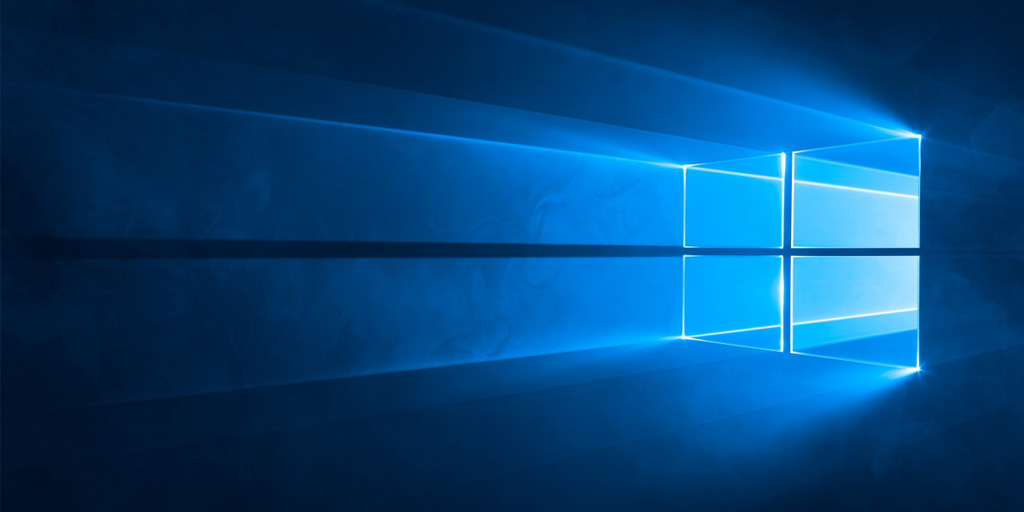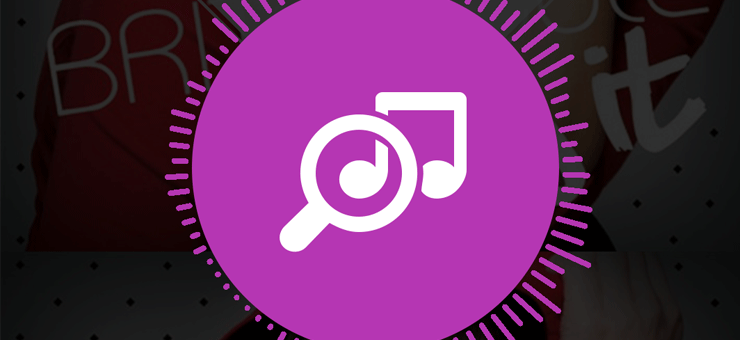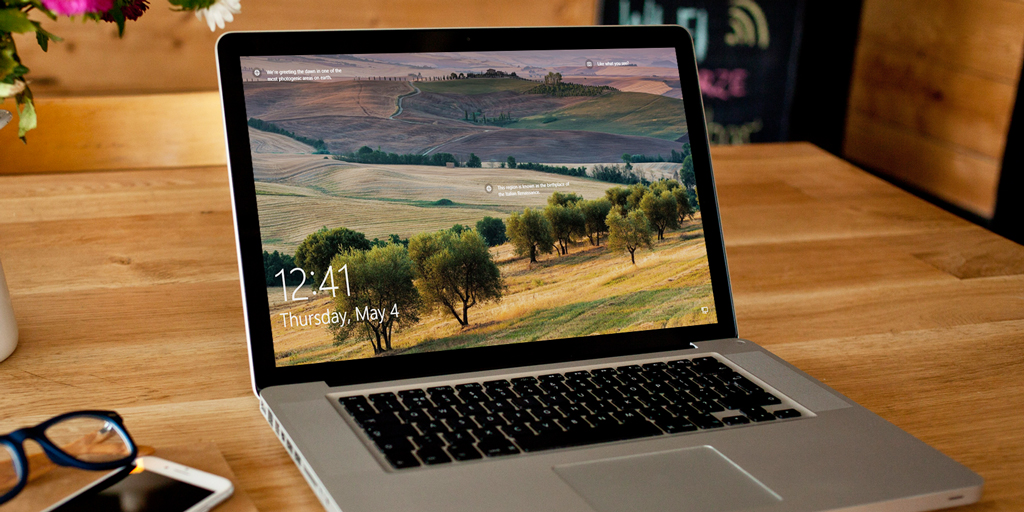 With recent surge in tablets and Smart Phones, users try to figure out what exactly are the differences between Resistive Touchscreens and Capacitive Touchscreens and which Touchscreen type is better. Although the Capacitive Touchscreens are perceived as better than Resistive, it has some disadvantages too but these disadvantages are over powered by the advantages.
With recent surge in tablets and Smart Phones, users try to figure out what exactly are the differences between Resistive Touchscreens and Capacitive Touchscreens and which Touchscreen type is better. Although the Capacitive Touchscreens are perceived as better than Resistive, it has some disadvantages too but these disadvantages are over powered by the advantages.
Before trying to compare the two touchscreen types it is better to know the working principle
Working Principle
Resistive Touchscreen
Resistive Touchscreens rely on the pressure on its surface to find out which part of the screen is pressed. The panel is composed of several layers, the most important of which are two thin, metallic, electrically conductive layers separated by a narrow gap. When an object, such as a finger, presses down on a point on the panel’s outer surface the two metallic layers become connected at that point. This causes a change in the electrical current which is registered as a touch event and sent to the controller for processing.
Capacitive Touchscreen
These Touchscreens rely on Capacitance change. Capacitive screens such as that on the ubiquitous iPhone do not require much finger pressure. These screen types use a series of electrode-style sensors that detect the small electrical charge present from your fingertip. This allows the use of scratch-resistant glass on the screen.
Resistive Touchscreen
Advantages of Resistive Touchscreen
* More accurate than Capacitive Touchscreen, useful for handwriting recognition
* Apart from fingers, it can also be operated with any pointing device like conventional stylus, pen or Nails
* Cheaper than Capacitive
* Can be operated even with a Gloved Fingers
Disadvantages of Resistive Touchscreen
* Since it is made of multiple layers it reflects too much ambient light and hence visibility under sunlight is poor
* Multi-touch is not possible without without re-engineering the way a resistive screen is wired into a device’s electronics.
* Since the Top layer is soft, the screen is vulnerable to scratches and other minor damages
Capacitive Touchscreen
Advantages of Capacitive Touchscreen
* Multi-touch is possible
* Visibility is good even in sunlight
* Glass can be used as the outer layer. Although not invulnerable (and certainly prone to shattering on major impact), glass is more resistant to casual scratches and blemishes.
* Capacitive touchscreens are more responsive than Resistive touchscreens
Disadvantages of Capacitive Touchscreen
* Since Capacitive Touchscreens only respond to Conductive materials like human finger,A standard stylus cannot be used for capacitive sensing unless it is tipped with some form of conductive material, such as anti-static conductive foam
* Accurate to within a few pixels, in theory, but seriously limited by the physical size of your fingertips, which make it hard to accurately press any control element or select something on screen that’s smaller than 1cm2.
* Power supplies with high electronic noise can reduce accuracy.
* Expensive than Resistive Touchscreens
Conclusion
Share this, and Follow TechFrost on Twitter and Facebook
You may also like
1. How to use Java Mobile Phone as PC remote Control
2. How to get Local Language fonts in Opera Mini
3. Top Java Mobile Apps for Ordinary Phones
4. How to make Windows 7 look like Windows 8 with Metro Style Homescreen
5. Ubislate 7+ and Ubislate 7C Launched







![15+ Best and Must-Have Software for your New PC [2020] 15-Best-and-Must-Have-Software-for-your-New-PC-2020-Edtion](https://thetechgears.com/wp-content/uploads/2019/12/15-Best-and-Must-Have-Software-for-your-New-PC-2020-Edtion-324x160.jpg)


![15+ Best and Must-Have Software for your New PC [2020] 15-Best-and-Must-Have-Software-for-your-New-PC-2020-Edtion](https://thetechgears.com/wp-content/uploads/2019/12/15-Best-and-Must-Have-Software-for-your-New-PC-2020-Edtion-100x70.jpg)


